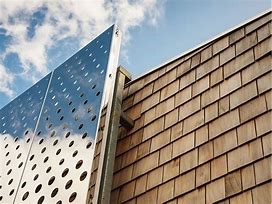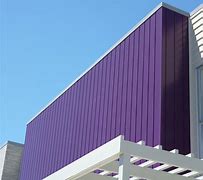External Walls and Cladding (Non-combustible)
- John Koloadin
- Apr 16, 2018
- 2 min read
Updated: Jul 6, 2018
Helping to address risks associated with external cladding products, a range of measures and standards has been developed in Australia. The National Construction Code (NCC) defines the fire performance of external walls and cladding and a National Advisory Note that intends to provide interpretation about the NCC, assisting practitioners in their decisions about product, installation and certification.
The recent Grenfell Tower fire in London, occurred in June 2017, has raised progress in

the implementation of NCC to prevent the non-compliant use of cladding. The Performance Requirements CP2 establishes that a building must have elements that will avoid the spread of fire to exits, sole-occupancy and public corridors (only applies to Class 2 or 3 building or Class 4 part of a building) and between building, to the degree necessary. By using non-combustible external cladding in compliance with Performance Requirement CP2, it is possible to avoid fire spread.
Additionally, external walls of buildings of Type A and Type B construction must be of non-combustible materials, according to Deemed-to-Satisfy Provisions of NCC Volume One. C1.9(e)(vi) covers a list of non-combustible materials that even though are combustible, may b e used where a non-combustible material is requisite:
(a) Plasterboard
(b) Perforated gypsum lath with a normal paper finish
(c) Fibrous-plaster sheet
(d) Fibre-reinforced cement sheeting
(e) Pre-finished metal sheeting having a combustible surface finish not exceeding 1 mm thickness and where the Spread-of-Flame Index of the product is not greater than 0
(f) Bonded laminated materials where:
(i) each laminate is non-combustible
(ii) each adhesive layer does not exceed 1 mm in thickness
(iii) the total thickness of the adhesive layers does not exceed 2 mm
(iv) the Spread-of-Flame Index and the Smoke-Developed Index of the laminated material as a whole does not exceed 0 and 3 respectively.
The ability to limit the spread of fire via external wall of the building, the propagation test and classification is defined through the Australian Standard AS 5113.
In case of uncertainly about responsibilities in these matters, do not hesitate to involve expert advice and support from BCA Performance’s Building Certifiers.
Reference: Advisory Note: Fire Performance of External Walls and Cladding (2016-3), revised March 2018. ABCB.








Comments